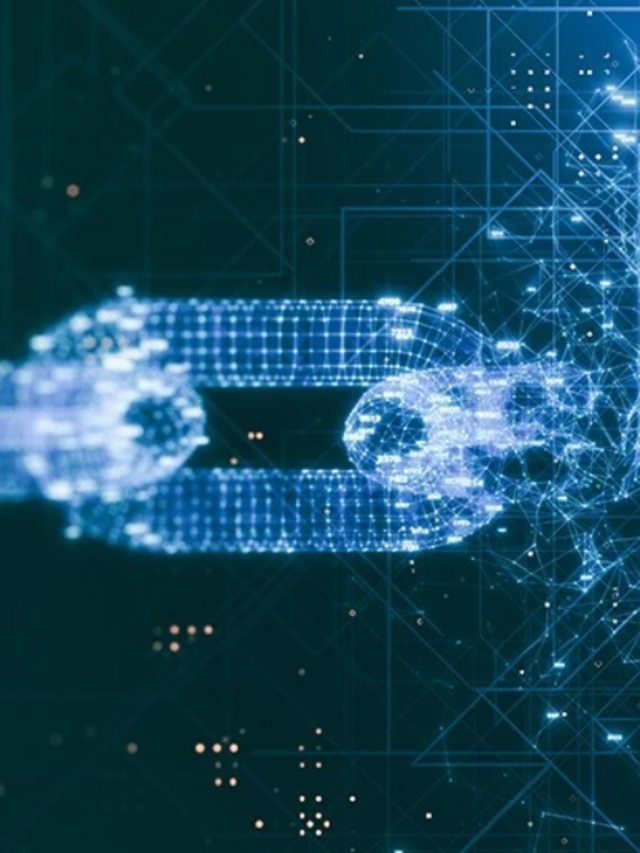A major highlight of the cryptocurrency calendar, Cardano Vasil Hard Forks, is the attempt to update and revitalize the Cardano network. Charles Hoskinson’s cryptocurrency network has benefited greatly from each hard fork, which has improved decentralization and made smart contracts possible.
How do these Cardano network modifications help ADA prosper in the face of severe competition from Web3 rivals like Ethereum (ETH) and Solana (SOL)?
Cardano hopes to develop its blockchain network further with the Vasil Hard Fork by adding new features and functionalities that will improve user experience. Let’s examine the past of the Cardano development phases and hard vasil forks!
What Are Cardano Vasil Hard Forks?
Let’s briefly overview hard vasil forks before going into the specifics of Cardano’s mainnet history.
A hard vasil fork, as used in the crypto community, is simply an update to the network that divides it into two opposing directions.
A more recent fork adopts enhanced blockchain architecture and operating guidelines while adhering to the previous chain’s regulations.
Cardano’s Vasil hard forks aim to provide the network with more features, increase its scalability, and further decentralize it through smooth transitions.
These modifications help Cardano achieve its goal of creating a robust, secure, flexible, and adaptive blockchain environment to meet the evolving needs of the decentralized world.
Moreover, hard forks enable blockchain networks to change and develop over time, allowing developers to add new features, address security flaws, and implement improvements.
Without hard forks, blockchain networks couldn’t adjust to shifting conditions and user demands.
Hard forks are essential to preserving the effectiveness and security of blockchain systems. By releasing updates and enhancements, hard forks can lower the risk of network assaults, increase scalability, and decrease network congestion.
The Cardano Evolution: From Ethereum to the Vasil Hard Fork Evolution

Cardano Vasil Hard Forks
Charles Hoskinson, a co-founder of Ethereum, founded Cardano in 2015 to develop a more scalable, sustainable, and safe blockchain network.
Cardano debuted its mainnet with its cryptocurrency, ADA, in September 2017. Originally, the company was constructed on top of the Ethereum blockchain.
The Cardano team quickly realized that achieving their goal required a new, more effective blockchain infrastructure. They built the foundation of Cardano’s network around their new protocol, Ouroboros.
For Cardano, switching from Ethereum to Ouroboros was a big step forward since it made blockchain technology more secure, scalable, and environmentally friendly. The Ouroboros protocol introduced a new consensus technique, enabling ADA holders to participate in network decision-making.
After its main net went live with great success, Cardano kept working to enhance its blockchain infrastructure. In September 2019, Cardano announced the release of the Shelley update to further decentralize the network. With this update, Cardano took a significant step forward and established itself as a more competitive blockchain platform.
With the Vasil Hard Fork, Cardano is poised to further advance its development. This hard fork includes several noteworthy enhancements and improvements, including better multi-asset compatibility, faster transaction processing, and more network efficiency.
Cardano reached a key milestone with the Vasil Hard Fork, showcasing its commitment to a more sophisticated and user-friendly blockchain platform.
Its distinct strategy and commitment to innovation will position it as a major force in the blockchain sector.
The Vasil Hard Fork’s Effect on the Future of ADA
The Vasil Hard Fork, which enhanced and added several new capabilities to ADA’s blockchain network, is a significant turning point for Cardano. However, what does this upgrade signify for ADA’s future?
One of the biggest effects of the Vasil Hard Fork is the potential for increased ADA usage and acceptance. Consequently, improvements in the network’s scalability and efficiency should attract developers and companies, boost demand for the cryptocurrency, and raise its market value.
Another important advantage is the Vasil Hard Fork’s effect on ADA’s blockchain network security. The update consists of several steps intended to strengthen the network’s defenses against possible intrusions or weaknesses and lower the likelihood of fraud or other bad behavior.
Additionally, a larger group of users may find the ADA more accessible because of the Vasil Hard Fork.
Conclusion
The Cardano team’s long-term goals for the blockchain’s evolution are evident, and the Vasil Hard Fork represents a big step in the right direction. As the hard fork plan develops and new upgrades become available, we can expect additional network capabilities.
ADA holders should stay informed and take necessary actions to navigate the Cardano Vasil Hard Fork effectively. By doing so, they can ensure a smooth transition and continue to benefit from the improvements brought by the hard fork.
The Vasil Hard Fork is a pivotal point in Cardano history, and its significance for the future of the blockchain network cannot be overstated.
This revolutionary improvement will lead to even more advancements, collaborations, and possibilities in the future.



















